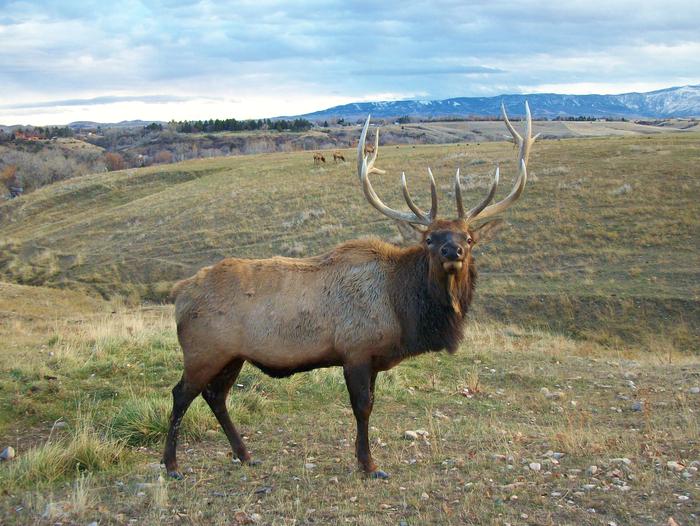Bighorn Scenic Byway
Whether you are planning to travel west to Yellowstone and the Grand Teton National Parks; or east to Mount Rushmore, the Black Hills, and the Badlands of South Dakota; US 14, also known as the Bighorn Scenic Byway, is a great way to go. One of three highways that crosses the Bighorn National Forest from east to west, the Bighorn Scenic Byway crosses both rangeland and forest, offering a variety of different scenery from mountain peaks to valley overlooks, sub-alpine meadows to dense forest, and unique landscape features such as craggy limestone outcroppings. The Bighorn Scenic Byway begins in the city of Shell, Wyoming, and enters the Bighorn National Forest on its western border at Shell Canyon. From there it's just a short drive to the breathtaking beauty of Shell Falls, where one can get a close up view of the falls or take a walk down the interpretive trail. From there the byway zigzags up the mountains while numerous turnouts give chances to stop and appreciate the stunning scenery. The highway levels out at the Antelope Butte Ski area, and then it's on to Granite Pass, the highest point on US 14. The byway continues north from here until it meets up with Highway 14A, the Medicine Wheel Passage Scenic Byway at the Burgess Junction Visitor Center, another stopping spot complete with information, exhibits, an interpretive trail, and a theater. The highway also continues to Twin Buttes, Sibley Lake, Steamboat Rock, and spectacular views of Tongue River Canyon and the Sheridan Valley.
Navigating the Byway: The Bighorn Scenic Byway follows US-14 for 47 miles. The western end begins at the town of Shell, located at the western border of the Bighorn National Forest, travels through Shell Canyon to Burgess Junction, and then follows a northeastern course to the eastern boundary of the Bighorn National Forest.

